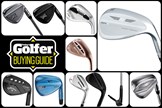Up and Down every time! Find out the Best Lob Wedges in 2025 for maximum control and precision
Last updated:
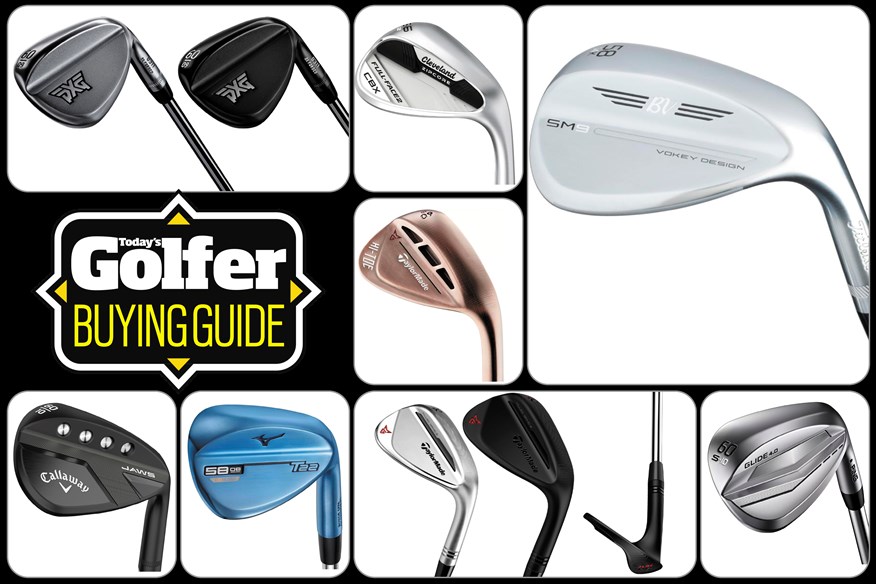
Lofty and versatile, the lob wedge is there to get you out of all sorts of trouble. Today’s Golfer reviews the best on offer from Titleist, Callaway, TaylorMade, Ping and more.
Jump To: Best Lob Wedges | Buying Guide | FAQs
The best wedges have to be highly versatile due to the sheer variety of shots they need to play around the course. Whether it’s a delicate flop over a greenside bunker or a full-blown swing to avoid overhanging branches, the best lob wedges are designed to keep your score on track.
The lob wedge is the most lofted club, typically 58-60°, and can be opened up even further to aid with an almost instantaneous vertical trajectory, enabling crowd-pleasing drop and stop landings. The best lob wedges will also produce some of the highest spin rates, required to help your ball bite into the green and prevent it from rolling on too far.
Best At A Glance
Best overall lob wedge: Titleist Vokey SM10 wedge | Buy Now
Best for mid-to-high handicappers: Cleveland CBX Full-Face 2 wedge | Buy Now
Best for creativity around the green: TaylorMade Hi-Toe 4 wedge | Buy Now
Of course, adding a new lob wedge to your bag does not guarantee that you will start chipping like Phil Mickelson overnight. Despite being highly versatile, it still requires a skillful pair of hands to open up its full potential. So assuming you own a pair of those hands, this guide should point you towards the perfect lob wedge to match your needs. To maximize your short game, why not also check our best premium golf ball selections?
But now, let’s look at the best lob wedges available in 2025…
Best Lob Wedges 2025
Versatile and stunning wedges providing exceptional accuracy and spin
Best overall lob wedge
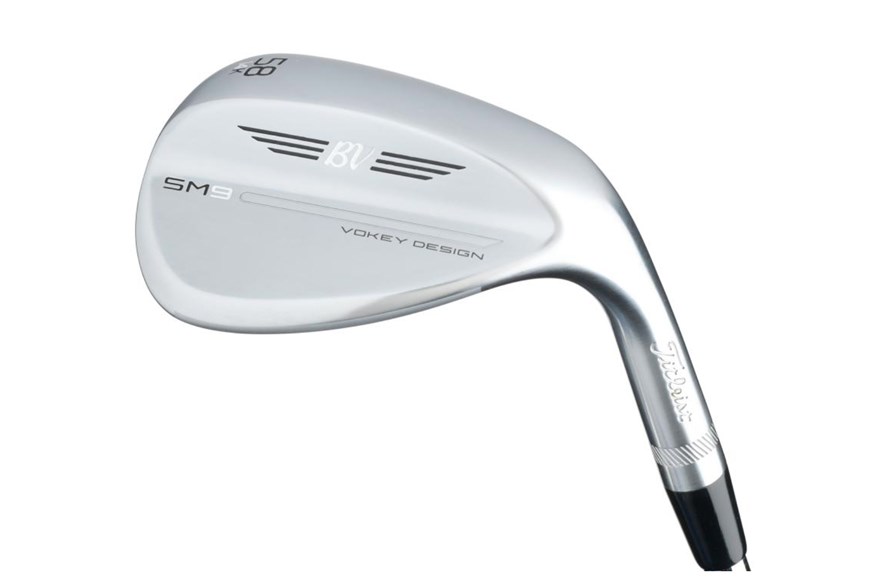

The Vokey SM10 wedges are beautiful to look at and it's no surprise they are the most widely used wedges on tour. They provide versatility, distance control and great spin in a stunning package that can be tailored to suit any golfer.
There's an extensive range of grinds available, meaning you can find the perfect fit for your swing type (steep, neutral, shallow) and the course conditions you normally play (firm, neutral, soft). That does mean that a fitting is required to make sure you're getting the best-fitting wedge for your individual needs.
Read our full Titleist Vokey SM10 wedges review.
Pros
- Impressive spin and trajectory control
- A multitude of loft, bounce and grind options
- A striking-looking wedge
Cons
- With so many options a custom-fitting is vital to see real benefit
| Highest loft | 62° |
| Grinds | <meta charset |
| Finishes | <meta charset |
A highly creative wedge that delivers maximum short-game versatility
Best for creativity around the green
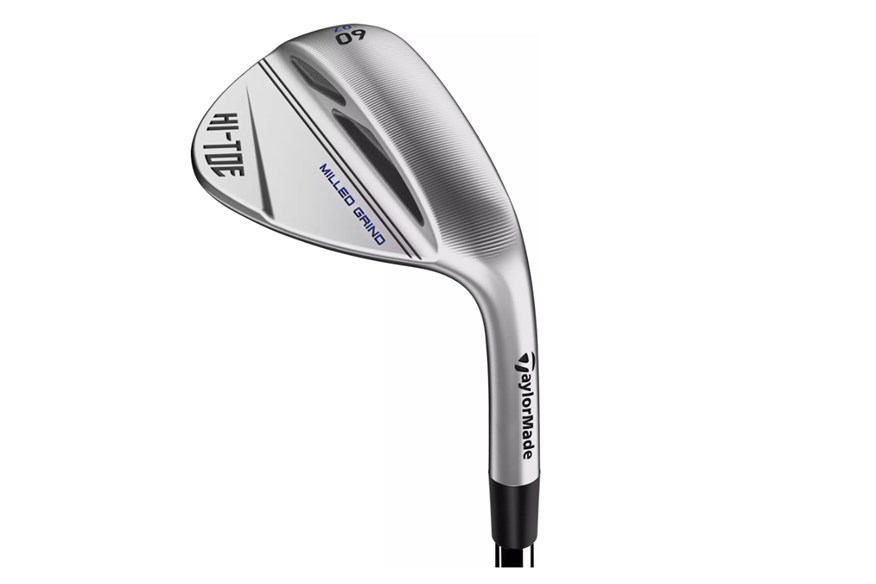

Spin Tread, taken from the face design of the MG4 wedges, has also been introduced to Hi-Toe 4 with good reason. The laser-etched patterning creates additional face roughness to grab hold of the ball while also channeling water away in wet conditions (think about the tread of a car tire – hence the name!).
The roughness achieved with this method also improves on the durability over previous micro-groove engravings, meaning you’ll see the benefits for longer before it wears down.
Read our full TaylorMade Hi-Toe 4 wedges review.
Pros
- Exceptional distance control and spin
- Easy to slide the leading edge under the ball from tight lies
- Full-face design offers good forgiveness
Cons
- Limited bounce options available
| Highest loft | 60° |
| Grinds | Standard / Low / High |
| FInish | Chrome / Brushed Copper |
Combining high spin with forgiveness, this wedge will appeal to all club golfers
Best lob wedge for mid-to-high handicappers
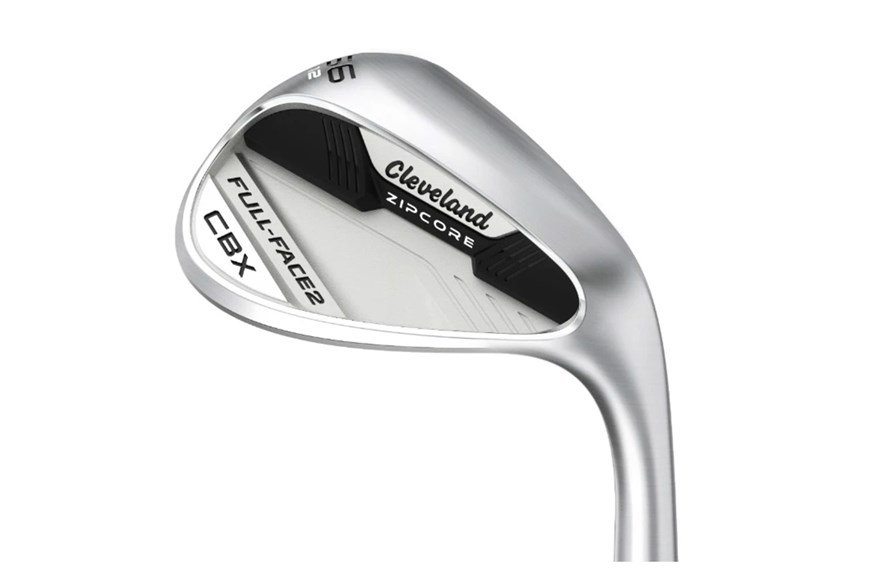

If you hit fullish shots with your lob wedge, that is particularly important, as you're more likely to miss the middle of the face when making a full-length, full-speed swing. The CBX Full-Face 2 features the biggest face ever seem on a Cleveland CBX wedge, with 13% more contact area than the RTX Full-Face wedges.
As a lob wedge, the Full-Face version is particularly appealing as it comes into its own when opening the face to hit shots with extra height. The grooves cover the entire face, maximising spin even on flop shots where the ball tends to climb the clubface and interact more with the toe of the club.
Read our full Cleveland CBX 2 wedges review.
Pros
- More forgiveness due to cavity back design
- Full face to maximize spin
- Wide sole and large sweet spot
Cons
- Just the one grind option available
| Highest loft | 64° |
| Grinds | C-Grind |
| Finishes | <meta charset |
A "spin machine" offering excellent stopping power on fuller approach shots
Best lob wedge for control
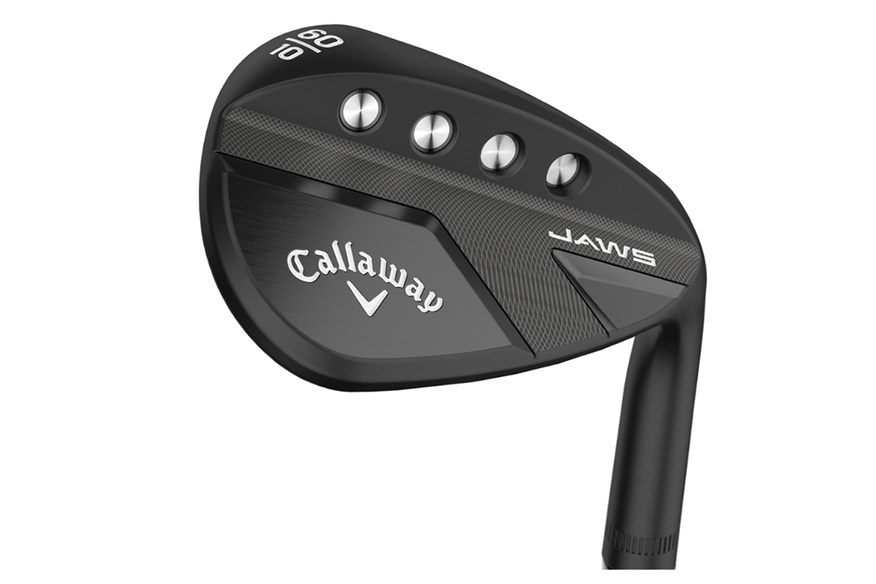

The wedge line boasts Spin Gen Face Technology, which Callaway describes as the most aggressive grooves in golf with decreased distance between each groove, allowing for more of them on the face. This means you’ll have more grooves in contact with the ball, helping to improve spin from any lie.
The second update with the face technology is a high-intensity blast material containing the mineral quartz. The material allows Callaway to blast a deeper roughness onto the face to provide more friction, and therefore spin, regardless of the loft presented.
Read our full Callaway Opus and Opus Platinum wedge release feature.
Pros
- Highly versatile for a range of shots
- Exceptional spin
- Easy to control on full shots
Cons
- Just the one grind option available
| Highest loft | 64° |
| Grinds | C-Grind |
| Finishes | Raw Face Chrome / Raw Black |
A hybrid blade-cavity back lob wedge with multiple grind options
Best lob wedge for functionality
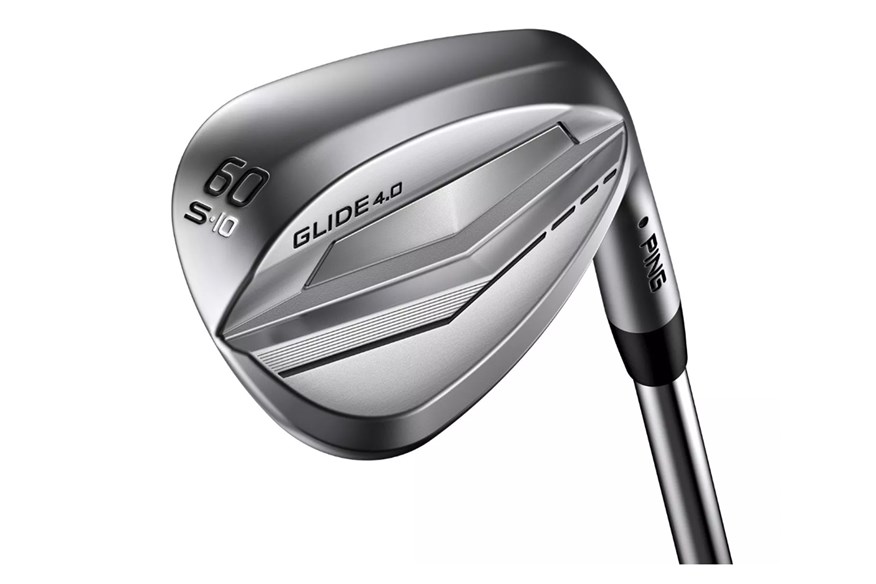

There are four grind options to choose from, the S (Standard) Grind should fit most golfers, with trail edge/heel relief, ample bounce and a rounded leading edge. The W (Wide) Grind has been optimised for square-face and bunker shots, with a traditional full sole design and rounded leading edge. It is the most forgiving of the four grinds. The T (Thin) Grind has a high leading edge bounce, with half-moon sole shaping and an increased bounce width in the centre. The E (Eye) Grind is inspired by Ping’s famous Eye2, the high-toe design made popular by Karsten Solheim’s iconic sand wedge developed in the early 1980s. It features a blended hosel and dished sole design similar to the original Eye.
A clever addition sees all four grinds fitted with a longer-than-standard 11" grip, making it easier when choking down on the club around the greens.
Read our full Ping Glide 4.0 wedges review.
Pros
- 17 different loft and grind combinations
- Better looking than its predecessors
- A longer grip gives more shotmaking options
Cons
- Not among the very best-performing wedges on test
| Highest loft | 60° |
| Grinds | <meta charset |
| Finishes | Hydropearl Satin |
A refined tapered blade design that performs as good as it looks
Best forged lob wedge
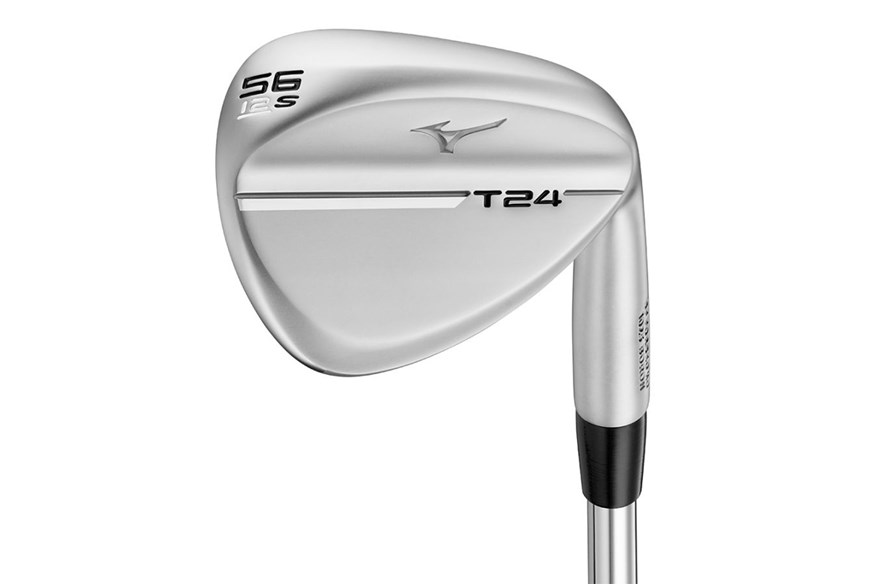

The Mizuno T series wedges were developed with input from short game maestro Luke Donald, and the T stands for teardrop, in reference to the high toe and flowing head shape so treasured by the Englishman.
Compared to previous models, the T24s are slightly more compact, with an extensively beveled top edge so the head appears thinner at address. There’s also a tapered blade design which positions extra mass higher in the blade to deliver more spin consistency, as well as a penetrating flight irrespective of where shots impact the face.
Read our full Mizuno T24 wedges review.
Pros
- Good range of grinds and finishes
- Consistent level of spin
- Fairly forgiving for off-centre hits
Cons
- Compact head not as confidence inspiring as some
| Highest loft | 62° |
| Grinds | <meta charset |
| Finishes | <meta charset |
A high-spinning, classically shaped and grooved lob wedge for the purists
Best for classic shape with spin
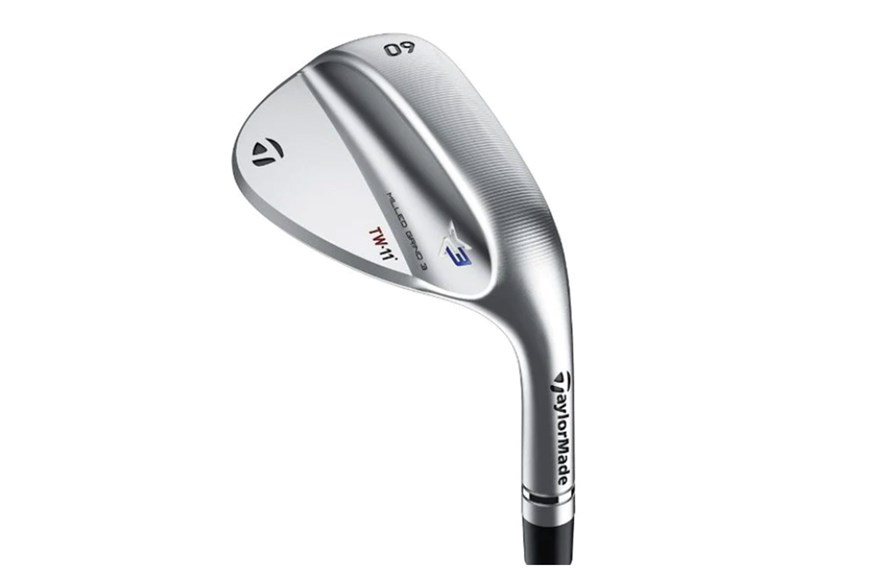

Thanks to raised micro ribs on the face and an optimised thick-thin design, this version pushes backspin and CG placement to the optimum.
If you're not sold on the Hi-Toe head shape and the look of full-face grooves, the TaylorMade Milled Grind 4 should suit you down to the ground. It was one of our highest-spinning wedges on test in 2024 and one of the best at preserving distances on mishits.
Read our full TaylorMade Milled Grind 4 wedges review.
Pros
- High spin rates
- Consistent distance performance
- Traditional shape and groove pattern
Cons
- Not as versatile as other models
| Highest loft | 60° |
| Grinds | <meta charset |
| Finishes | <meta charset |
Cobra's deepest and sharpest grooves for maximum spin generation
Best value lob wedge
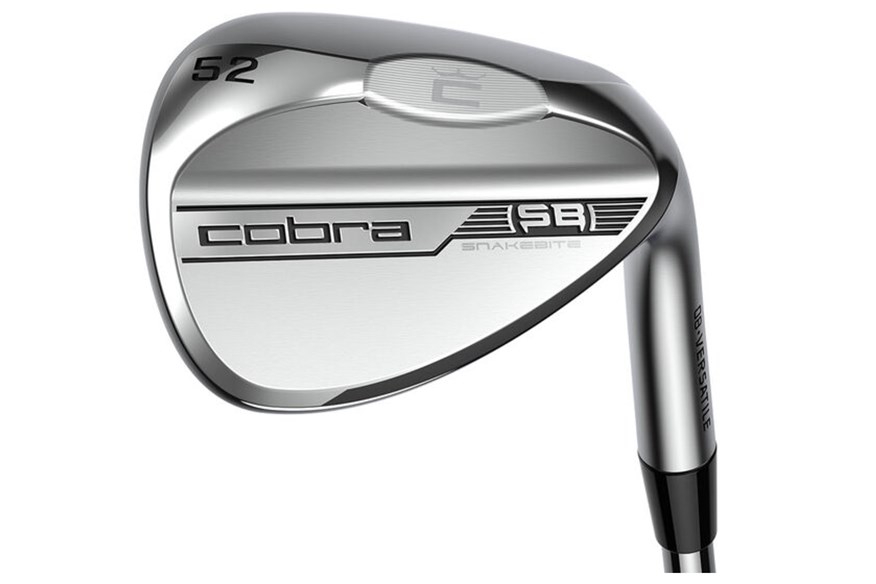

The 56º-60º Snakebite wedges feature wider and shallower grooves that cover the entire face, maximising spin on shots hit with an open face, where the ball is more likely to make contact with the high toe area. The faces and grooves are CNC Milled on each wedge to create the most precise face and groove shapes for optimal spin and trajectory control.
Cobra continues to cater to golfers favouring one-length irons, so the Snakebite comes in a 37.5" One Length option as well as the standard. The Cobra King Snakebite comes in a choice of three grinds: Versatile is perfect for medium to firm conditions; Classic grind suits neutral to steeper swings on a variety of course conditions; while Widelow grind is a low-bounce, wide sole option designed to prevent the leading edge from digging. It's also great from soft sand.
Read our full Cobra King Snakebite wedges review.
Pros
- High spin generation
- Very forgiving
- Performs well from soft sand
Cons
- The satin option might be too shiny for some
| Highest loft | 60° |
| Grinds | <meta charset |
| Finishes | <meta charset |
Super sleek and wildly easy to wield say PXG about their 0311 forged wedge
Best lob wedge for feel
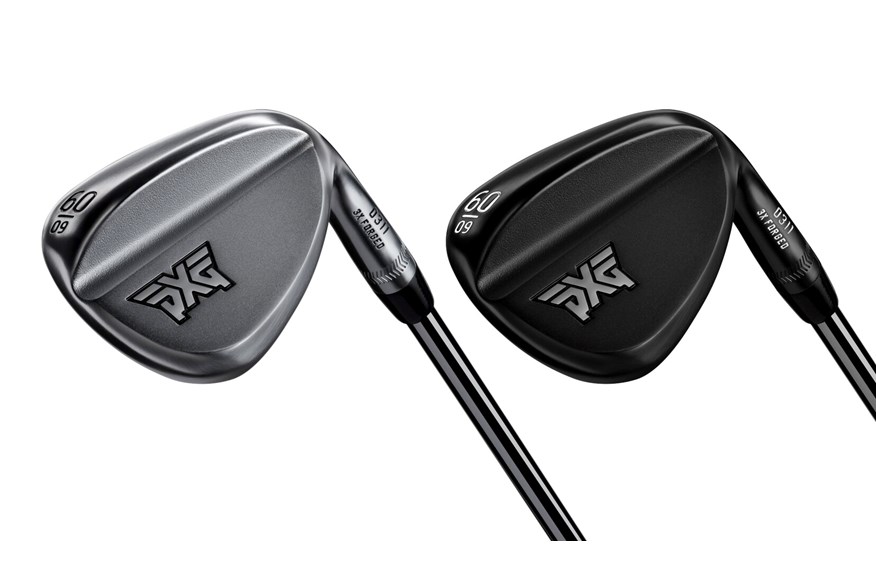

The 0311 Forged wedges are hit three times by the forge, squeezing each head into shape, and compacting the metal's grain structure. If you play premium forged irons then of course it makes sense to have a similar feel for short shots around the green too.
Versatility is the name of the game when it comes to wedge play, and PXG says their new moderate sole taper from heel to toe ensures the 0311 Forged face can be opened whilst leaving the leading edge sitting low to the ground. PXG say their design has a higher MOI and because the centre of gravity location is perfectly in line with open-face shots, golfers get greater impact consistency, feel and predictability.
Read our full PXG 0311 Forged wedge review.
Pros
- One of the few forged options
- Modern high-toe shape
- Good shot stopping power
Cons
- Only one grind available
| Highest loft | 62° |
| Grinds | Standard |
| Finishes | Chrome / Xtreme Dark |
A forged lob wedge with a spin rate of over 10,500 RPM
Highest spinning lob wedge
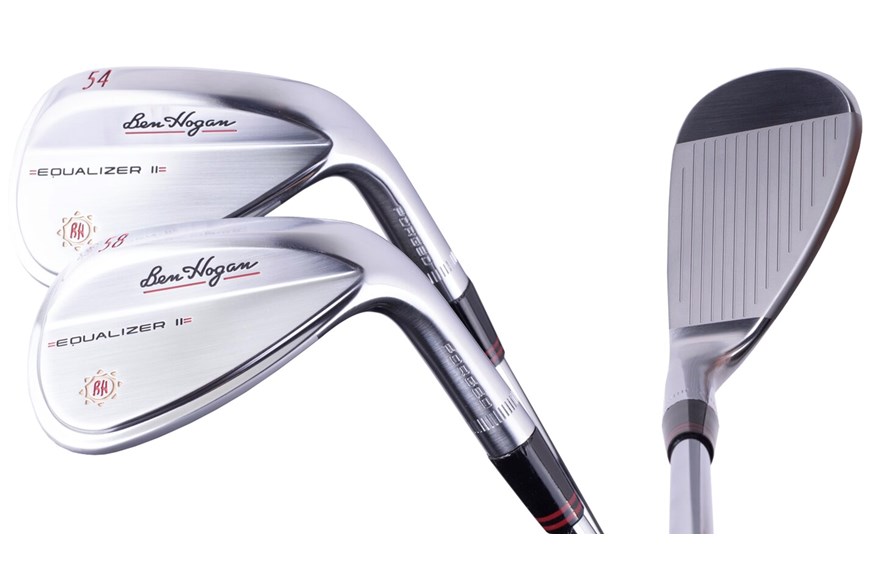

The Equalizer II fills the shoes of its older sibling beautifully. Our data has it down as not only our test pro’s highest spinning wedge of 2022, but also our leading model for carry distance consistency, which of course will help with accurate scoring on the golf course.
Unfortunately, Ben Hogan Golf Equipment closed down due to economic challenges and the impact of the pandemic. That said, the Equalizer II can still be found if you dig around, and we think it will be well worth your effort if you are in the market for a high-spinning, low-cost lob wedge.
Read our full Ben Hogan Equalizer II wedge review.
Pros
- Our highest-spinning wedge on test
- Promotes solid contact from tight lies
- Confidence inspiring face
Cons
- Difficult to get hold off
| Highest loft | 62° |
| Grinds | Standard, Texas Grind |
| Finishes | Chrome or Black |
Key Factors to Consider When Buying a Lob Wedge
Before you jump in and purchase one of the best lob wedges, let’s quickly cover the biggest questions when it comes to the highest lofted wedges, their uses, and what you should look for when making your choice.
What is a Lob Wedge?
Simply put, the Lob Wedge is the most lofted wedge available to golfers. With Sand Wedges going up to 56º of loft, Lob Wedges cover everything after that, starting at 58º but most commonly seen in bags at 60º. You can go even higher in loft if you want to, but you’re going to make it harder and harder to strike the ball consistently with every extra degree.
Why is it important to have a Lob Wedge in your golf bag?
The point of a Lob Wedge is to give you a club to more quickly help stop the ball from rolling on less-than-full swings. Lob Wedges have particular use when chipping or pitching to pin locations that are quite close to slopes on the green or rough around the edges. You should also use a Lob wedge when you need to get over a hazard, like a bunker or pond, when your target isn’t far beyond that danger.
What is Bounce and Grind?
Bounce and Grind are the design of the Lob Wedge’s (or any wedges’) sole. The sole is the bottom of the club and the part that interacts with the ground, helping to dictate how easily the club can move through the turf.
Bounce is the angle of difference between the apex of the sole’s camber (or the lowest physical point of the wedge) and the leading edge of the club (where the sole and face connect).
Grind is where the sole has had parts of it ground away (hence the name) to help the club suit the needs of the golfer. Some grinds are more aggressive than others and getting fit for the right Grind and Bounce is important for consistency.
How do I choose the right Grind for my Play Style?
Ideally, we’d like you to get fitted for your wedges in general. But if you struggle for time or already have a good understanding of how you swing, grinds can be broken down into four stages.
Full soles – these Lob Wedges have had nothing taken away from the bottom of the club. Typically also higher bounce, a full sole is designed for golfers that play their wedges square to their stance and don’t play about at setup. Alternatively, this can be used in softer ground conditions like in the winter. These are labeled as ‘F Grind’ in Titleist or W-Grind in most other brands.
Light grinds – this is the middle-ground option. Typically these Lob Wedges have had a small amount of their heel and toe removed to allow the wedge to suit multiple different lies and the golfer who opens their Lob Wedge a little but isn’t trying to lay it flat for complete flop shots. A good option for golfers who play in differing conditions, this is a Vokey ‘S Grind’ and similar in other brands: Callaway, for instance.
Heavy grinds – these models are meant for golfers who are going to be opening their wedges at virtually every chance they get. Lower in bounce (although some companies have high bounce versions too) and with extensive removal of the sole in the heel, toe, and leading edge to encourage the front of the sole to stay as tight to the ground as possible. A good option in firm conditions, like those encountered on Links courses, you’ll choose this option if you have more creativity in mind. Vokey calls theirs the ‘M Grind’ for reference, but manufacturers often have these in 8º of bounce.
Super low bounce – these models are the same as heavy grinds, with large amounts of sole relief, except these have even less bounce than before. Having a Lob Wedge with 4-6º of bounce will allow the wedge to get easily underneath the ball, with the leading edge being incredibly tight to the ground. Be aware though. These wedges will also dig into the ground, requiring precise contact to avoid chunked or ‘fat’ shots. Best for the firmest of conditions or true connoisseurs of the risk-reward short game. Most brands label this grind as the ‘T Grind.’
When should I replace my Lob Wedge?
Because you’re going to be having an in-direct contact (the ball is going to ‘slide’ up the face instead of compressing against it, like, say, a 6-iron would), Lob Wedges can wear down faster than you’d think. The general advice is every 100-125 rounds played, equivalent to every two to three years for most golfers.
However, if you’re practicing frequently around the greens or in bunkers, new wedges could be needed as low as every 75 rounds played. Tour Pros change their Lob Wedges every few weeks to keep spin at a peak, but for most amateurs this is overkill – you won’t notice drop off that quickly unless you’re hitting 500 balls a week with your Lob Wedge.
To help extend the life of your Lob Wedge try to keep grooves free of debris during play and clean your club after each round (dry them properly to avoid rust forming!).
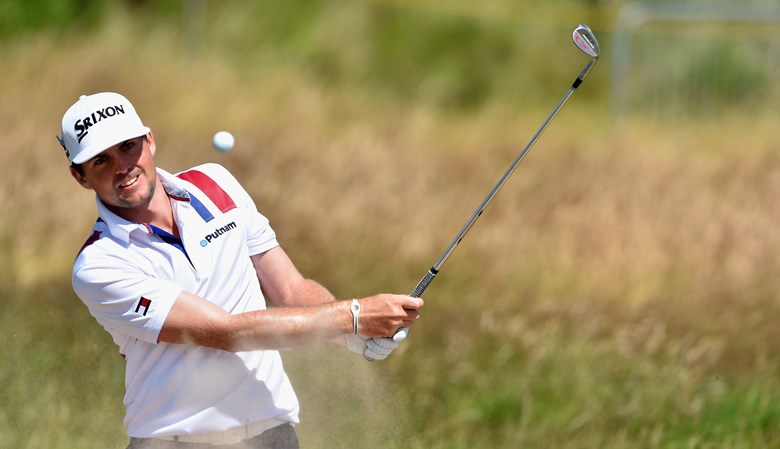
READ NEXT

